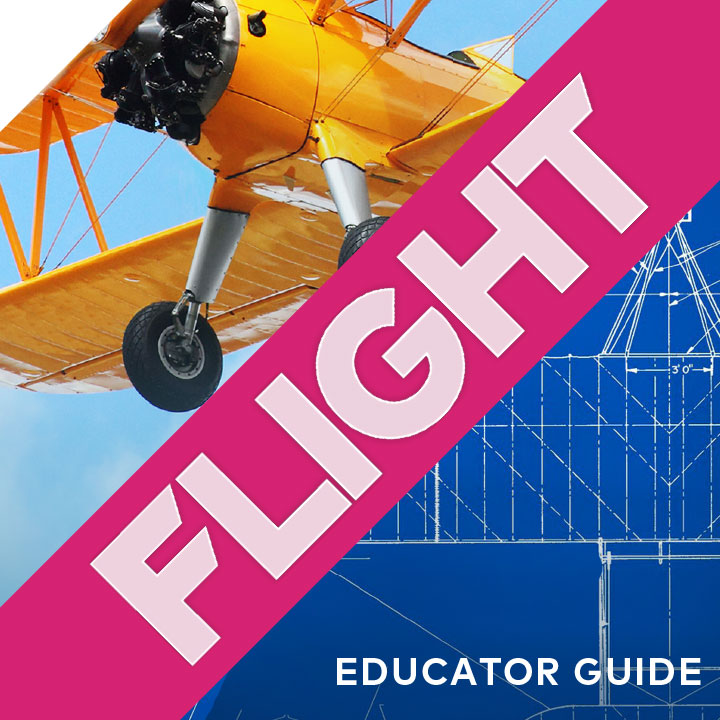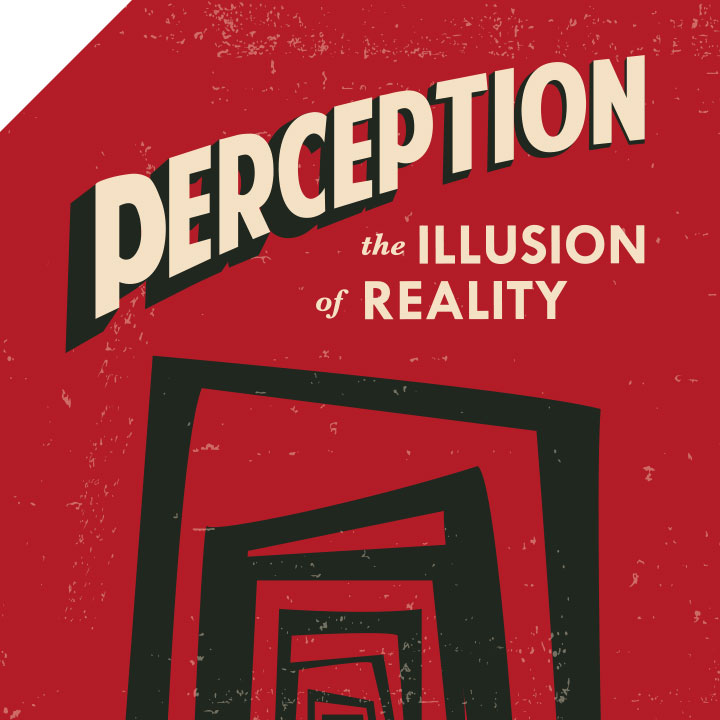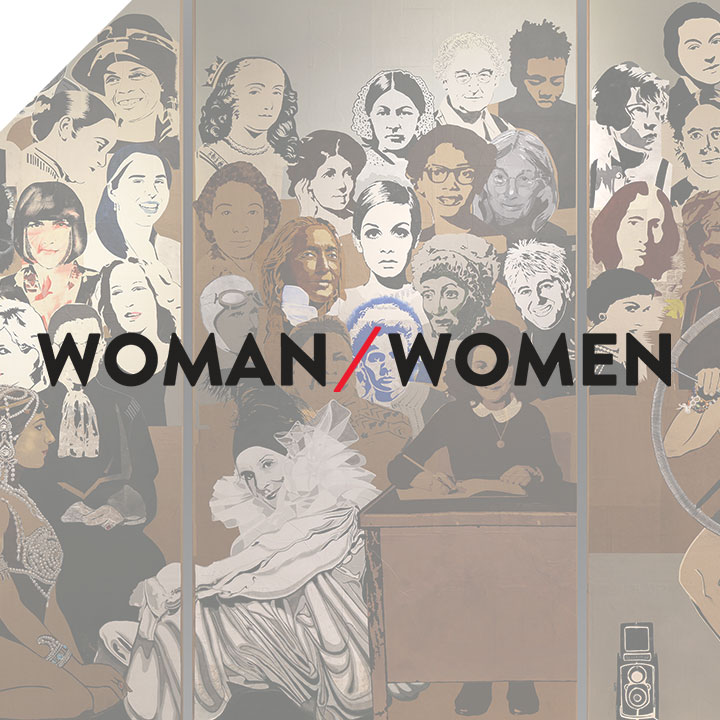Science in Motion Workshops
Part 1: November 6, 4:00 – 6:30 PM
Part 2: November 29, 4:00 – 6:30 PM
Join The Leonardo for a new teacher professional development workshop for kindergarten and 3rd-grade teachers. This in-depth program will look at standards K.3 and 3.3 and how they provide a strong foundation for the 7th-grade force and motion strand. Teachers will walk away with four lesson plans and an assessment that they can implement in their classrooms. Sign up today!
Please note: This workshop is for teachers with an active Utah license or those doing an alternate-route-to-licensure only.
The Leonardo is committed to providing resources to K-12 educators to support them in the classroom and on a visit to The Leonardo.
Exhibit Guides
Exhibit Educator Guides are collections of information about each of our educational exhibits. Each guide includes background information on exhibit content, suggestions for how students can interact with and learn from the exhibit, ideas for lesson plans to use before and after a field trip to the museum and correlations to Utah Core Standards.
Lesson Plans
The Leonardo’s mission is to fuse science, technology and art in experiences that inspire creativity and innovation in people of all ages and backgrounds. We are proud to offer lesson plans correlated to both Utah Core Standards and the Next Generation Science Standards’ model of Three Dimensional Learning.
Be a Part of The Leonardo’s Community
Subscribe to our monthly Educator Newsletter to stay up to date on upcoming programs, exhibits, news, and special educator resources and services. Sign up by emailing education@theleonardo.org with your name, preferred email, and the grade(s) you teach
Exhibit Educator Guides


Flight Educator Guide
FLIGHT is the Leonardo’s first large scale self-produced exhibit. This exhibit showcases the science, technology and art that make flying through the air possible. This Educator Guide includes background content on the science of flight and the components included in the exhibit, Utah Core Standard correlations and suggestions for lesson plans before and after a field trip.


Perception Educator Guide
Your mind is astonishing! Your mind constructs your experience by distorting, adding and even leaving things out. By focusing on three senses–touch, hearing and sight–Perception explores how your mind manipulates sensory data to shape your view of the world. This Educator Guide includes suggestions on how your student could interact with the exhibit during a field trip and Utah Core Standard correlations.


Woman/Women Educator Guide
As part of our upcoming Human Rights Gallery exhibit “Woman/Women”, The Leonardo will be hosting a film screening of “50/50: Rethinking the Past, Present, and Future of Women + Power.” To prepare students to experience the exhibit, or to prompt discussion afterwards, teachers can use these discussion questions:
Lesson Plans
Disclosure Statement
This is a template of a disclosure statement form that can be used in 8th grade science classrooms.
Science Rubric
This is an example of a grading rubric that can be used in science classrooms and lessons to evaluate competency that ranges from “Learner” to “Master.”
Rock Identification
7.2.1
This activity worksheet aligns with SEEd Standard 7.2.1 and has students identify the types of rocks that make up the lithosphere.
Journey: The Book, the Movie, and the Science
7.2.4
This activity aligns with SEEd Standard 7.2.4 and explores the science in science fiction.
Physical and Chemical Properties
8.1.2
This activity worksheet aligns with SEEd Standard 8.1.2 and has students identify different physical and chemical properties.
Ecosystem and Carbon Cycle
8.3.3
This activity aligns with SEEd Standard 8.3.3 and helps students understand the carbon cycle in Yellowstone and why introducing outside food can be harmful.
Food Fight
8.3.3
This activity aligns with SEEd Standard 8.3.3 and explores food webs and ecosystems.
Astronauts
ESS.1.4
This activity aligns with SEEd Standard ESS 1.4 and teaches about different astronauts and space missions.
First All-Woman Space Walk
ESS.1.4
This activity aligns with SEEd Standard ESS 1.4 and teaches about the first all-woman space walk in 2019.
History of Space Exploration
ESS.1.4
This activity aligns with SEEd Standard ESS 1.4 and covers major events and discoveries from the 1920s to today.
Airfoils and Lift
(3rd and 7th grade)
3.3.1, 3.3.3; 7.1.1
How do planes fly? What is lift? This lesson will explore the pushing/pulling force of lift through airfoil design. Students will explore Bernoulli’s principle through hands-on experiments. This lesson will focus on physical science through fun kinesthetic learning opportunities. Students will formulate a hypothesis, develop and test their airfoil and reflect upon their experiment.
Bubble Bomb
(5th and 8th grade)
5.2.3, 5.2.4; 8.1.3
A chemical reaction can propel a film canister high into the air or pop a zip lock bag with a bang! Like gasoline and biofuels, baking soda and vinegar were partially formed through photosynthesis. Students will experiment to discover what other objects you can move using baking soda and vinegar.
Bubble Paths
(4th and 8th grade)
4.3.2; 8.2.5
Students experiment with various geometrical configurations of soap film and bubbles while discovering how light behaves when it passes through soap and water.
What’s in Our Water?
(5th, 6th and 8th grade)
5.1.2; 6.4.1, 6.4.5; 8.4.1, 8.4.3
By creating a small farmland and coastline, students will observe how contaminants travel through the groundwater. Students will then create a well and observe the purity of its drinking water.
Exploring Sound
(4th and 8th grade)
4.2.3, 4.2.4; 8.2.5
How do forces affect sound waves? What characteristics do sound waves have? Does sound travel differently in liquids, solids, and gases? Find out in this lesson!
Hot Air Balloons
(6th and 8th grade)
6.2.2; 8.1.2, 8.1.5
Students will investigate the effects of different variables on flight as they search for solutions to create a working hot air balloon using simple objects. The finished product should reflect correct principles of both physics and design—it should successfully fly and look good.
Hunting for Algae
(6th and 8th grade)
6.2.1; 8,1,4, 8.3.1
How often do you interact with algae? Believe or not, you use products made from algae every day! In this activity, students will analyze the ingredient of foods and beauty products to discover which products contain algae.
Color Shadows
(1st, 4th and 8th grade)
1.3.2, 1.3.3; 4.3.2; 8.2.4, 8.2.5
Have you ever thought about mixing light to make color? How would you go about doing this? Is mixing light the same as mixing paint?


